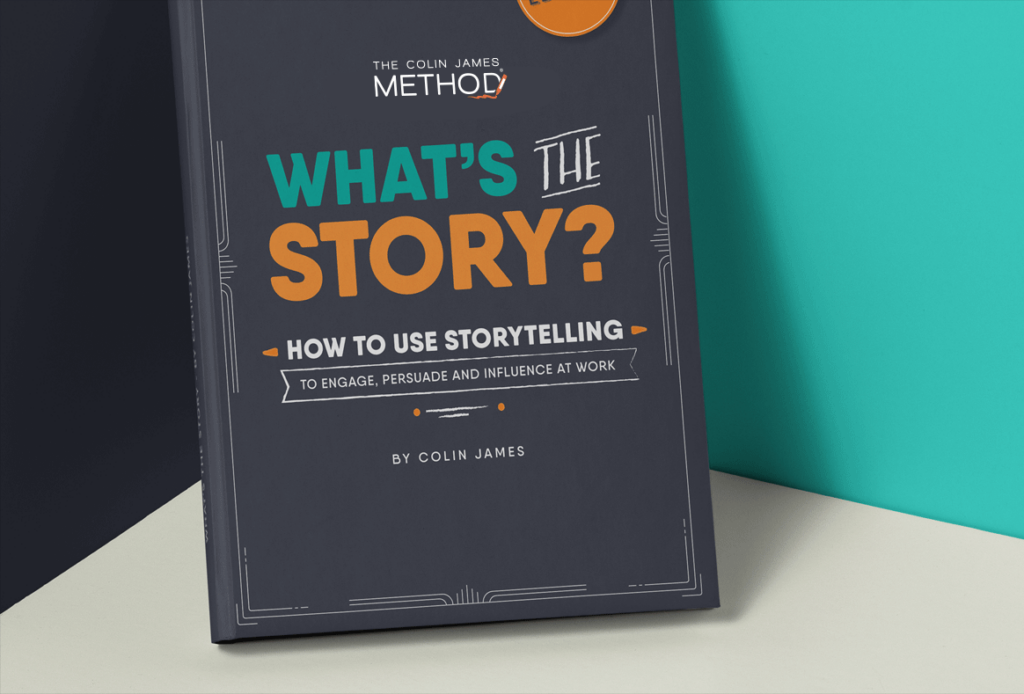Energy. The force that propels Mick Jagger to strut around the stage like an amped-up rooster. The element that allows Russell Brand to manically sprout reams of Shakespearean-sounding soliloquies. The factor that made John McEnroe so determined (and so… um … passionate).
When we think of these people, we immediately associate them with confidence, passion and vitality. They are so compelling, so confident, so present, you can’t help but be sucked into their vortex.
Well, you don’t have to have big hair or be famous to project this energy.
There is this misconception that if you feel sweaty or sick at the thought of being in front of a room full of people, that you can’t generate happy, positive energy. Yet the idea of energy is a little more complicated than running low or high. Sometimes, to acquire energy, you just need to shift your perspective.
“Sometimes, to acquire energy, you just need to shift your perspective.”
It’s not about you
When your intention is clear, you can change your state with a thought. So if your intention is to provide value to others, then your energy will kick in.
Your presentation should revolve around your audience’s needs. If you are a second-grade teacher for example, your goal might be to install the multiplication table into your pupil’s minds. Your focus is placed completely on the challenge of finding a fun and engaging way to convey that information.
When you change your perspective, you will find that the your preoccupation with nerves will vanish. For example, we worked with a brilliant musician who was second violin. She could play confidently in her role, but when she asked to do a solo she panicked. We worked with her to realise that even though she was doing her solo, that solo was still supporting the orchestra in creating a magnificent performance. Understanding what her desired outcome was gave the violinist a new focus and was key in getting her anxiety under control.
Walk into the room with intent
Sometimes, perspective isn’t enough, we need to tame our nerves and blossom into a confident version of ourselves — quickly!
Changing our physiology, our posture, our facial expression and our gestures can have a significant impact on our cortisol and testosterone levels (the hormones that dictate our stress levels and confidence levels respectively). Social psychologist Amy Cuddy has examined the impact ‘power posing’ for two minutes has on feeling more in command. She found that if you adopt these poses prior to an interview or presentation, you will feel calmer and more in control.
So when you’re about to address a room full of people, make sure that before you say anything, your body language is open and large (remember Russell and Mick). Don’t hide behind a lectern, walk directly out and address your audience.
Make sure your opening line is a good one
Don’t mumble, ‘thanks for coming …’ Know what you’re going to say and how you’re going to say it. Start with a pause and a breath and look at your audience.
Be bold. Be funny, especially in a dry meeting. You will shock people out of their corporate stupor and allow them to engage (when you laugh, your mind is rooted in the present.)
If you don’t know how to be funny, (or worried that your humour will fall flat) tell a story that your audience can relate to.
If that feels overwhelming, focus on one person in the audience and make eye contact. When you are feeling more at ease, then you can widen your gaze. Another way to build momentum is to move with purpose and, if appropriate, encourage some audience interaction. Collaboration is a fantastic way to engage the audience (and it helps you to remember your original intent). You will be so focused on facilitating a positive outcome that you will forget your clammy hands and sense of unease.
“Another way to build momentum is to move with purpose and, if appropriate, encourage some audience interaction.”
Key takeaways
If you keep your audience in mind and focus on what they need out of your presentation, then the rest should follow and you’ll have the moves like Jagger in no time (well maybe not, but you won’t feel so stressed out.) If you would like to know more about how to transform yourself into a confident dynamic speaker, you should check out our guide to creating a memorable presentation today.

The Colin James Method® Facilitators train corporate executives to improve their professional communication skills with a proven methodology. Our highly trained Facilitators and Coaches are recognised for their experience in their fields and have worked with many individuals and organisations around the world to master the art of communication.










